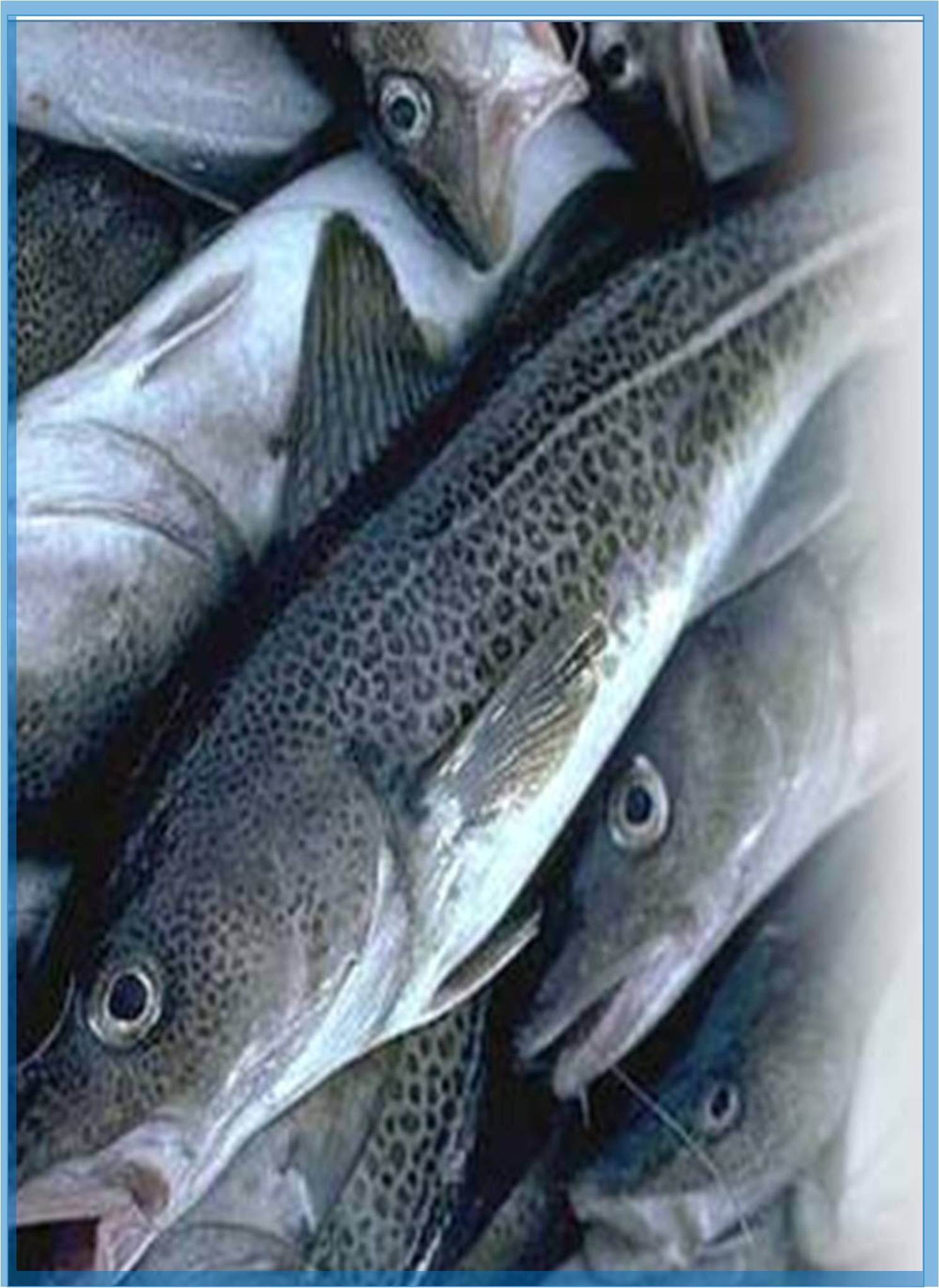



Received: 29-Nov-2022, Manuscript No. GJFA-22-82902; Editor assigned: 02-Dec-2022, Pre QC No. GJFA-22-82902 (PQ); Reviewed: 16-Dec-2022, QC No. GJFA-22-82902; Revised: 23-Dec-2022, Manuscript No. GJFA-22-82902 (R); Published: 30-Dec-2022, DOI: 10.15651/2408-5464.22.9.087
A Neotropical fish species known as the pacu (Piaractus mesopotamicus), it has a vast natural distribution in the La Plata basin and an occupational area of impact that spans five nations: Brazil, Uruguay, Bolivia, Paraguay, and Argentina. Due to its quick development, inexpensive eating habits, tolerance to environmental perturbations, and great nutrient utilization and this omnivorous fish is regarded as a good candidate for intensive aquaculture. Pacu cultivation has also been successfully introduced in other parts of the world, with production rising in China, Myanmar, Thailand, and Vietnam.
The absence of planning and inadequate sanitary control measures have been cited as potential production barriers for aquaculture notwithstanding the growing intensification of aquaculture in underdeveloped nations. High stocking densities, routine fish management operations, poor nutrition, and issues with water quality are just a few of the ineffective practises utilized in commercial fish farms that have led to numerous disease outbreaks and severe productivity losses.
A free-living, gramme negative, opportunistic bacteria called Aeromonas hydrophila is to blame for significant financial losses in freshwater aquaculture across the globe. Aeromoniosis-related fish deaths have been confirmed in significant species including carp, tilapia, trout, catfish, and, particularly, pacu. According to anecdotal accounts from Brazilian fish farmers, A. hydrophila infections cause 20%-30% of fatalities. However, the precise number of losses attributable to aeromoniosis epidemics in pacu is unknown due to a lack of statistical data and an ineffective programme of sanitary monitoring. For this reason, it is thought to be a difficult task to help the increased pacu production in South American aquaculture by controlling aeromoniosis outbreaks.
Aeromoniosis disorders in fish have typically been linked to decaying fish fins and the epizootic ulcerative condition. Infected fish also show loss of appetite and sluggish or unpredictable swimming. Due to its pathogenicity and links to human disorders such gastroenteritis, muscular infections, septicemia, and skin diseases, aeromoniosis is regarded as a unique concern to food safety.
Numerous studies have been conducted to better understand the host-pathogen relationship between A. hydrophila and pacu in order to propose novel aeromoniosis control methods. When probiotic bacteria (exogenous Bacillus) were employed in excess in meals, however, the influence of competitive exclusion on intestinal microflora was suppressed. For instance, this was investigated in pacu. Additionally, immunostimulants' effects have been investigated as well, and in an experimental context, they help to increase survival rates. However, neither long-lasting protection nor the effects of prolonged treatment are known.
The Brazilian aquaculture business currently relies heavily on the use of commercial antibiotics to cure bacterial infections (e.g. oxytetracycline and florfenicol). However, the use of these chemicals in fish farming has the potential to pollute the aquatic environment, leave antibiotic residue in meat, encourage the emergence of pathogens with heightened resistance, affect other species in the food chain, and ultimately have an adverse effect on consumer health. For example, the use of antibiotics to manage A. hydrophila outbreaks in industrial fish farms has encouraged the emergence of bacterial strains that are resistant to a number of antibiotics in native Brazilian fish species, such as pacu.
A viable and efficient method to minimize mortality and boost productivity in aquaculture systems may be genetic selection for disease resistance. Diverse fish species have shown significant genetic variety against A. hydrophila in this area, enabling the establishment of genetically resistant stocks through selective breeding. The assessment of genetic parameters and heritability is required to determine whether genetic variation exists for the examined trait in order to include disease resistance in the breeding objective.